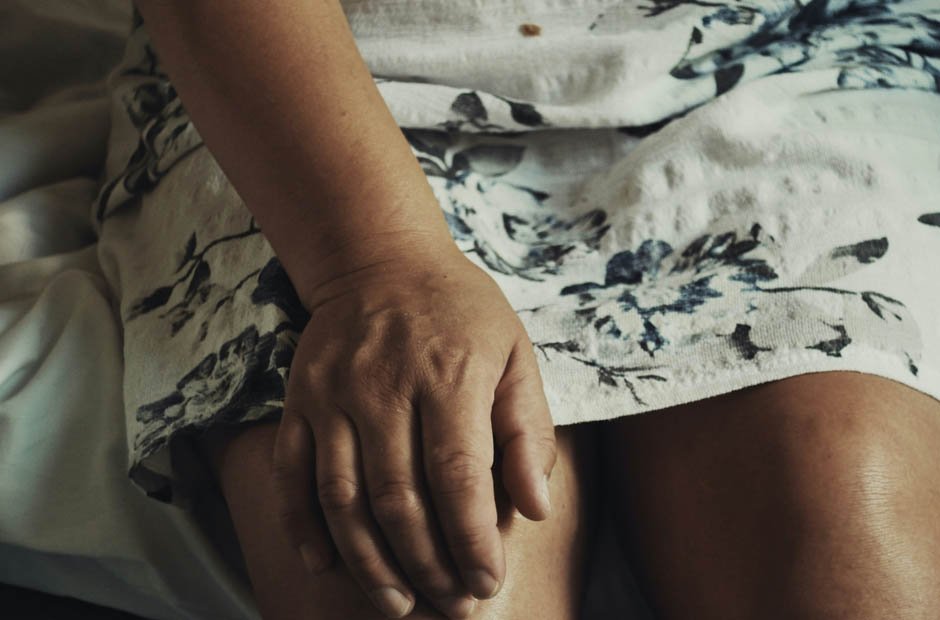For many, healthy joints are the foundation of an active life. But as we age or due to injuries, joints can become worn, inflamed, and painful. This has the potential to greatly influence our ability to move and our overall quality of life.
Fortunately, advancements in regenerative medicine are offering new possibilities for joint health. One such approach that is gaining traction is Platelet-Rich Plasma (PRP) therapy. With PRP therapy, you can start the journey toward healing, even as you grow older.
In this article, we’ll explore the world of PRP, evaluating its potential to repair and rejuvenate joints.
Understanding Platelet-Rich Plasma
Platelets play a crucial role in clotting and wound healing. These are tiny storehouses packed with growth factors and proteins that play a vital role in healing tissues. They contain a myriad of growth factors, cytokines, and other bioactive proteins. When a wound occurs, platelets rush to the site, triggering a cascade of events that promote clotting, tissue repair, and regeneration.
This regenerative potential of platelets has paved the way for platelet-rich plasma (PRP) therapy. In PRP therapy, a patient’s blood is drawn and processed to create a concentrated solution rich in platelets. The concentration of platelets can be several times greater than the natural levels found in blood. The solution is then injected into the injured or diseased area, aiming to accelerate the healing process and promote tissue regeneration.
In orthopedics and sports medicine, PRP therapy is gaining traction as a less invasive option for joint conditions. Reclaim Health Group suggests that PRP injections show promise in treating various musculoskeletal injuries and conditions. For example, PRP injections can assist in the healing process and alleviate pain associated with persistent tendon injuries such as tennis elbow or jumper’s knee.
Incorporating PRP into treatment regimens may facilitate a quicker return to activities for individuals with these conditions.
Mechanism of Action
PRP therapy’s efficacy in joint health stems from its complex mechanism of action, centered on the bioactive elements within concentrated platelets. These injections trigger a multifaceted biological response upon entering the affected joint, promoting tissue repair, regeneration, and inflammation resolution. This intricate process underpins PRP’s ability to enhance joint function and alleviate symptoms associated with various musculoskeletal conditions.
An important way it works is by releasing lots of substances that help the body heal itself. According to research from the NIH, PRP’s effectiveness is associated with the release of growth factors like PDGF, TGF-β, IGF-I, and VEGF. Collectively, these molecules spur cell growth, extracellular matrix formation, and blood vessel growth, fostering repair and renewal in joint tissues.
Conditions Treated with PRP
PRP therapy has proven effective in treating numerous musculoskeletal conditions, establishing itself as a versatile option in regenerative medicine. Ongoing research suggests its potential for various conditions, indicating promising outcomes. Several prevalent ailments have shown encouraging responses to PRP treatment, highlighting its broad applicability in clinical practice.
Chronic tendon injuries, like tendinopathy and tears, present treatment challenges, yet these injections have demonstrated efficacy in enhancing outcomes. The therapy shows promise in restoring joint stability and function in cases of ligament injuries, especially chronic laxity or partial tears. Athletes often face musculoskeletal injuries, but the therapy offers a non-invasive means to accelerate recovery, facilitating a quicker return to activity.
Osteoarthritis, characterized by cartilage breakdown and inflammation, is a leading cause of joint pain and disability. PRP therapy presents a promising avenue by fostering tissue repair and inflammation modulation within affected joints.
Clinical trials suggest the therapy’s promise in joint repair for arthritis and injuries. An MDPI research demonstrated significant improvements in pain levels, functionality, and overall quality of life among patients with knee osteoarthritis who underwent PRP injections.
This discovery highlights the therapy’s promise as a non-surgical approach to improving joint health and managing musculoskeletal conditions.
Efficacy and Success Rates
Research on PRP for joint repair is encouraging, with numerous studies showing positive effects across various musculoskeletal conditions. Analyses show notable pain reduction, enhanced function, and improved experiences in osteoarthritis, tendon injuries, and ligament issues patients.
A study cited by Healthline showed a 60% success rate for PRP in treating knee osteoarthritis. However, this benefit may not be permanent, and multiple PRP injections spread over time are likely needed to manage the condition effectively.
Also, it’s important to remember that PRP is not a miracle cure. Success rates can vary, and some studies haven’t shown a significant difference between PRP and other treatments like hyaluronic acid injections.
Considerations and Limitations
PRP therapy is a relatively new approach, and long-term data on its effectiveness is still emerging. More research is needed to determine how long the benefits of PRP injections last and if they are sustainable in the long run. Also, PRP therapy is typically not covered by insurance, making it a self-pay treatment. The cost can vary depending on the location, the number of injections needed, and the complexity of the procedure.
Besides, unlike some medications or surgeries, PRP therapy often requires multiple injections spaced out over time to achieve optimal results. It can be a time commitment and add to the overall cost. While minimally invasive, PRP injections can cause some discomfort or pain at the injection site.
Frequently Asked Questions
How does platelet-rich plasma therapy work to repair joint health?
Platelet-rich plasma therapy involves injecting a concentrated solution of platelets, growth factors, and proteins into damaged joints. These substances promote tissue repair, reduce inflammation, and stimulate the body’s natural healing processes, ultimately improving joint health and function.
Which joint health conditions can PRP therapy effectively treat?
PRP therapy proves effective in addressing joint ailments such as osteoarthritis, tendinitis, and ligament injuries. By injecting platelet-rich plasma into the afflicted region, it prompts tissue repair and rejuvenation, alleviating pain and enhancing joint functionality.
What can be anticipated in terms of outcomes and success rates with PRP therapy for joints?
The objective of PRP therapy for joints is to diminish discomfort and enhance functionality by leveraging the body’s innate healing processes. Success rates vary, but many patients experience decreased pain and improved mobility, with outcomes typically lasting for several months to a few years.
Unlocking the Potential of PRP Therapy
PRP therapy, a promising advancement in regenerative medicine, offers relief to those struggling with joint problems. Through its ability to harness the body’s innate healing mechanisms, PRP offers a non-surgical approach to promoting tissue repair. The growing body of research suggests that PRP therapy holds promise for alleviating pain and enhancing the quality of life in individuals.
















